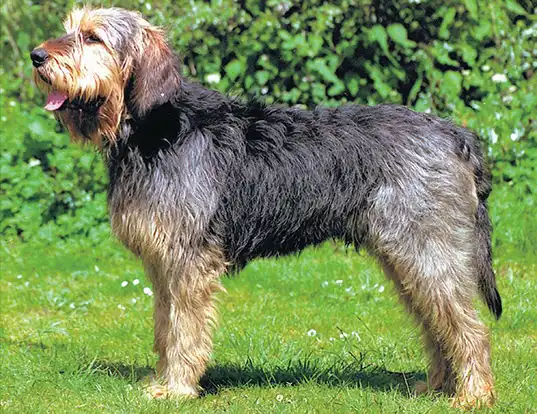Discovering the world of Otterhound puppies is an exciting journey filled with joy and companionship. This guide aims to provide you with valuable insights into selecting and nurturing these adorable creatures, ensuring a harmonious bond between you and your new four-legged friend.

Choosing the Perfect Otterhound Puppy:
When embarking on the journey of adding an Otterhound puppy to your family, it’s essential to consider a few key factors.
- Reputable Breeders for a Quality Start: Begin your quest by identifying reputable Otterhound breeders. A reputable breeder prioritizes the health and well-being of the puppies, conducting thorough health screenings and ensuring proper socialization.
- Health Checks and Documentation: Before finalizing your decision, request comprehensive health documentation for the puppy. This includes vaccinations, deworming, and any relevant health clearances for common Otterhound health issues.
- Temperament Assessment: Spend time interacting with the puppies to gauge their individual temperaments. A well-balanced and socialized Otterhound puppy is more likely to adapt seamlessly to your lifestyle.
Preparing Your Home for an Otterhound Puppy:
Creating a welcoming environment for your new furry friend involves a few strategic steps.
- Safe Spaces and Puppy-Proofing: Designate safe areas within your home for your Otterhound puppy to explore. Puppy-proof these spaces by removing potential hazards, such as electrical cords or small objects that could be swallowed.
- Comfortable Sleeping Arrangements: Provide a cozy bed or crate for your Otterhound to establish a comfortable sleeping space. This not only encourages a good night’s rest but also aids in crate training.
- Nutrition and Feeding Routine: Consult with your veterinarian to establish a suitable diet plan for your Otterhound puppy. A nutritious and well-balanced diet is crucial for their growth and overall well-being.
Unveiling the Charms of the Field Spaniel Breed
Training and Socialization Techniques:
Instilling good behavior and social skills in your Otterhound puppy requires patience and consistent training.
- Basic Commands for Obedience: Start with fundamental commands like sit, stay, and come. Consistent reinforcement of these commands establishes a foundation for more advanced training.
- Positive Reinforcement: Utilize positive reinforcement techniques, such as treats and praise, to encourage good behavior. Otterhounds respond well to positive interactions and are eager to please.
- Early Socialization: Expose your Otterhound puppy to various environments, people, and other animals from a young age. This early socialization fosters a well-adjusted and confident adult dog.
Grooming and Healthcare for Otterhounds:
Maintaining the health and appearance of your Otterhound involves regular grooming and veterinary care.
- Brushing and Coat Care: Otterhounds have a distinctive double coat that requires regular brushing to prevent matting. Pay particular attention to their facial hair, which contributes to their unique appearance.
- Ear Cleaning and Dental Care: Due to their floppy ears, Otterhounds are prone to ear infections. Regularly clean their ears and establish a dental care routine to promote oral health.
- Routine Veterinary Check-ups: Schedule regular veterinary check-ups to monitor your Otterhound’s overall health and address any emerging concerns promptly.
In conclusion, welcoming an Otterhound puppy into your home is a delightful experience that comes with responsibilities and rewards. By selecting a reputable breeder, preparing your home thoughtfully, implementing effective training techniques, and prioritizing grooming and healthcare, you set the stage for a fulfilling companionship with your Otterhound. Remember, the journey of a lifetime begins with that charming Otterhound puppy by your side.

Pingback: 5 Simple Steps for Puppy Potty Training Success - Gardener's School